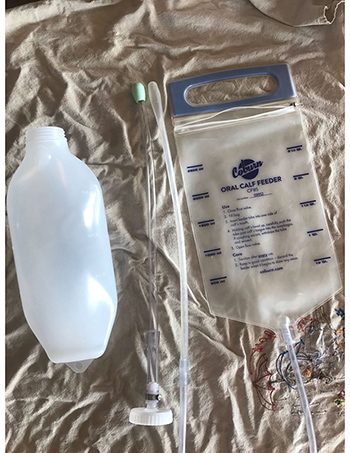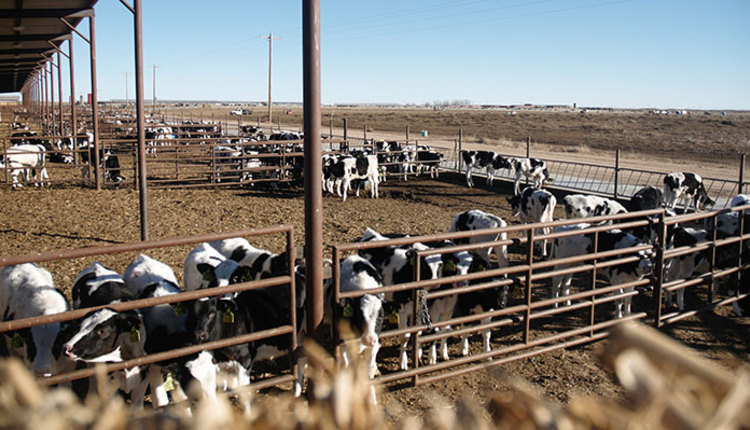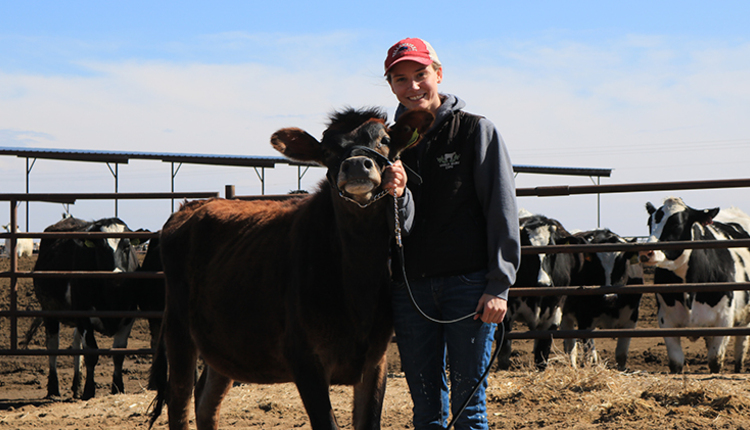At the beginning of May, I took a week between school and starting my internship to go home to my family’s farm. We raise dairy heifer replacements and are bottle feeding over 800 calves. So, when I do make it home, I am put on bottle feeding and tubing electrolytes duty.
This week home was the first time I realized that we had an esophageal feeder with a tube that had a smaller diameter for our smaller than average calves.

A smaller than normal calf didn’t drink her milk and had scours, so she was on our list to give a bottle of electrolytes. We feed electrolytes to calves that do not drink their milk or if they have scours.
I started feeding her with a normal-sized tube feeder and I noticed she was more uncomfortable than the last calf I fed. My mom asked me, “Was it hard to get the tube down?” and “Is she breathing hard or having trouble breathing now that the tube is out?” I answered yes to both of those questions and my mom grabbed the smaller tube feeder that she keeps on hand in her truck.

Once I switched, the calf was more at ease and I could feel her breathing out of her nose.
I gauge if a calf is comfortable by her reaction to the tube. If she chews on the tube, is standing still, or if she moos, you know she isn’t having trouble breathing.
Other tips to remember when tube feeding calves:
- The esophagus is on the left side of the throat and is slightly lower than the trachea.
- Keep the calf’s head, neck, and body in a straight line.
- Listen and watch for calves throwing up — the regurgitated milk or fluid can go down the trachea into the calf’s lungs.
- Esophageal feeders with handles are easier to control and fill.
- Train and retrain employees who work with calves on how to correctly use esophageal feeders.









